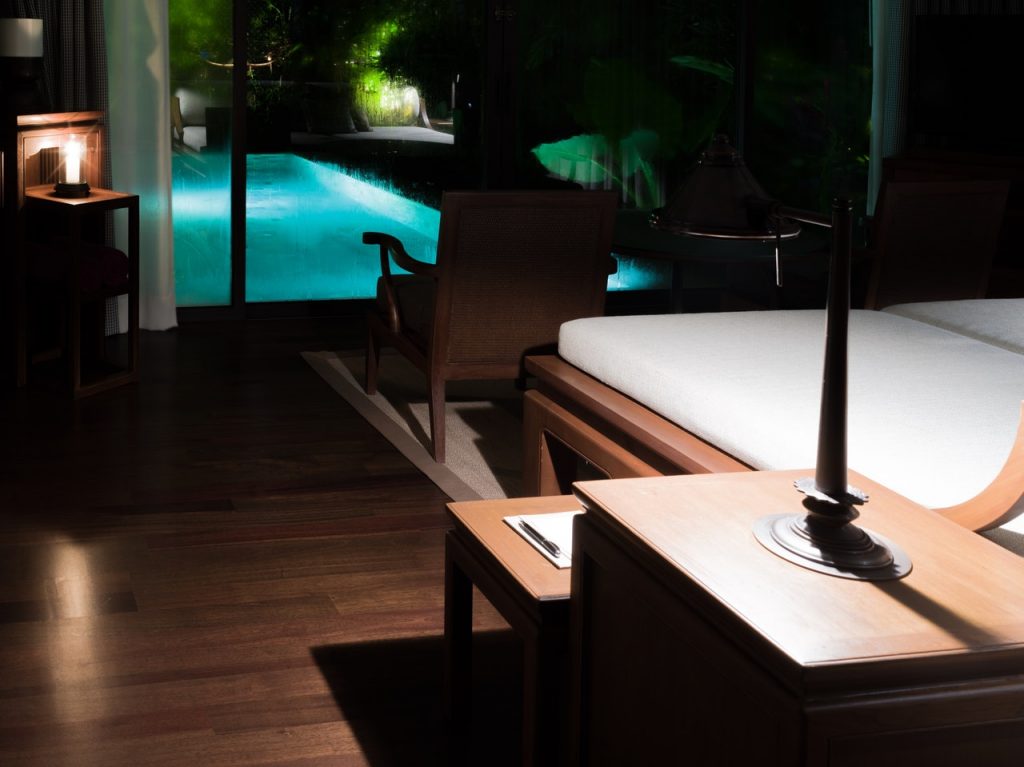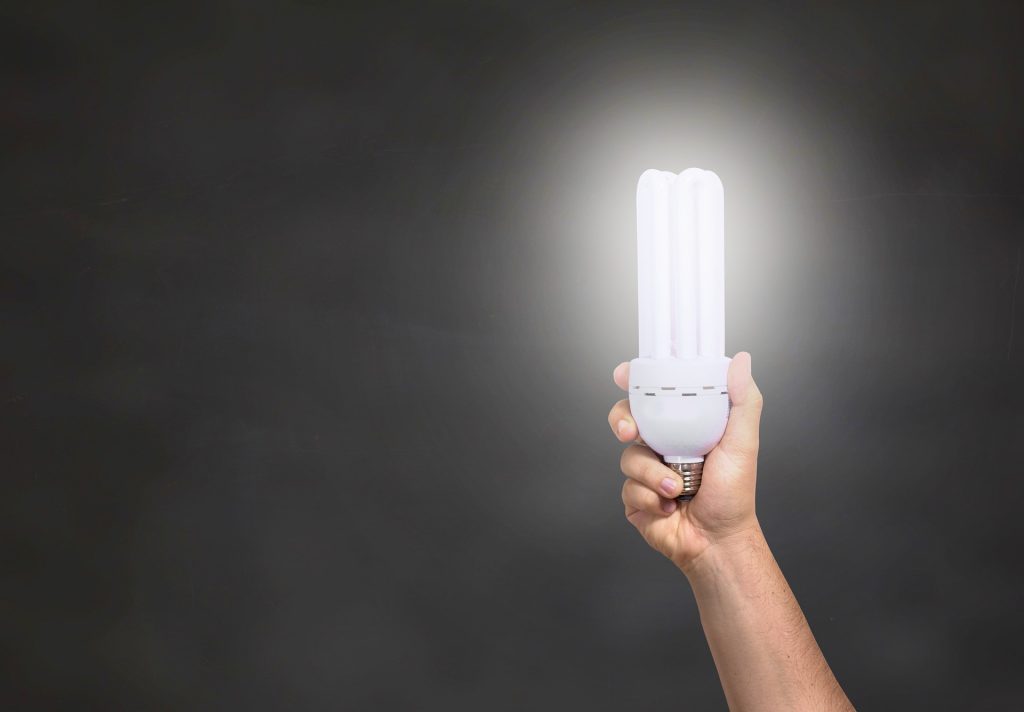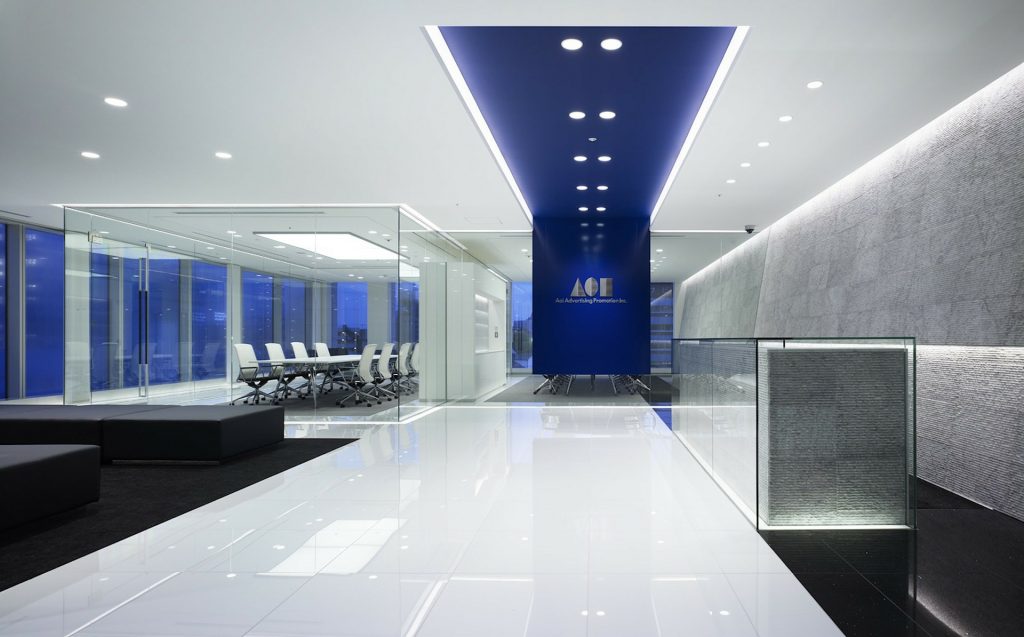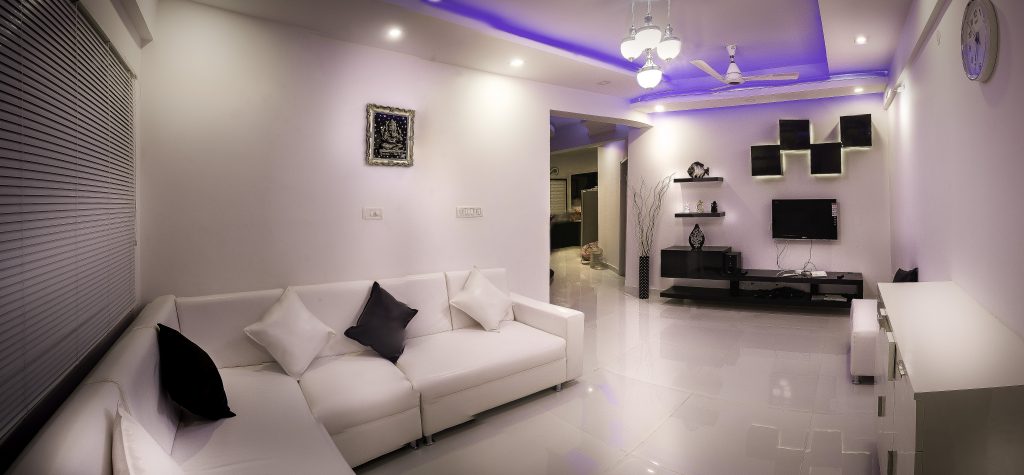Why should you Include LED Lights in Your Design Plan?
 By now, LED (Light Emitting Diodes) have been talked about so much that most people know what they are. Since the country is making the shift toward LED lights over traditional incandescent bulbs, it is beneficial for you to understand how you can utilize them in your house.
By now, LED (Light Emitting Diodes) have been talked about so much that most people know what they are. Since the country is making the shift toward LED lights over traditional incandescent bulbs, it is beneficial for you to understand how you can utilize them in your house.  LED lights are considered one, if not the most, energy-efficient light bulbs on the market today. Compared to incandescent lights, LEDs use 75 percent less energy while lasting 25 times longer. Those two numbers alone are a significant reason why people are making the change to LEDs. You save money by using less power to light your house and not purchasing new bulbs as frequently.
LED lights are considered one, if not the most, energy-efficient light bulbs on the market today. Compared to incandescent lights, LEDs use 75 percent less energy while lasting 25 times longer. Those two numbers alone are a significant reason why people are making the change to LEDs. You save money by using less power to light your house and not purchasing new bulbs as frequently.
With that said, however, why should you include LED lights in your design plan? Let’s take a look at how you can incorporate them into your lighting scheme.
Why Should You Include LED Lights?
 LED Lights are Versatile and Practical
LED Lights are Versatile and Practical
One of the major benefits of using LED lights in the design process of your home, besides their efficiency, is their versatility and practicality. They come in a variety of sizes and colors and can add a unique touch to any room.
 Lighting can instantly change the way a room looks and feels. You can modernize your home with strip lighting, or go for a classic, clean look with recessed lighting. Because of their lengthy lifespan, LED lights work perfectly in unique lighting situations, since you do not have to change them as frequently.
Lighting can instantly change the way a room looks and feels. You can modernize your home with strip lighting, or go for a classic, clean look with recessed lighting. Because of their lengthy lifespan, LED lights work perfectly in unique lighting situations, since you do not have to change them as frequently.
How to Choose the Best LED Light
As with any light, you have to know which bulb is best suited for your needs. However, because there is more variety with LED lights, the choice can be a bit more difficult. When picking out a light, you’ll want to consider the following points.
The Purpose of the Light
 First, you want to determine the purpose behind the light. Are you adding in an accent or ambient light for functionality? Or, are you looking for strip lights for a unique look? Knowing the purpose of the light will help you decide which LED bulb is right for you.
First, you want to determine the purpose behind the light. Are you adding in an accent or ambient light for functionality? Or, are you looking for strip lights for a unique look? Knowing the purpose of the light will help you decide which LED bulb is right for you.
Color Temperature
The color temperature of a bulb can drastically change the atmosphere of the room. Color temperature is determined on the Kelvin Scale. The higher the Kelvins, the colder (blue tinted – 5000-6500K) the light is. The lower the Kelvins, the warmer (yellow tinted – 2700-3000K) the light is. LED lights have a wide range of color temperatures from which to choose.
The Lumens
Unlike incandescent where you consider the watts, you consider the lumens for an LED bulb. Lumens measure the brightness of the bulb. The brighter the bulb, the higher the lumens. Although LED bulbs still have watts, the lumens provide a more accurate description for their brightness.
Have you switched to LED lighting yet? Don’t forget that the lumens and kelvins will point you in the right directions for brightness and temperature. This post was contributed by Gilbert Cabrales, Partner at Contractor Source LED.
Thanks for stopping by friends. We partner with busy homeowners to create spaces that feel authentic to their lifestyle and we blog about subjects that educate and inspire. Contact us to learn more about our products and services. You can email us at rjackson@yourdesignpartner.com or
call 513-409-3759
Inspiring creativity,
Ricci

Decorating or Refreshing Your Home?
Download our COMPLIMENTARY checklist and get access to our 7 Step Process to Decorate in Stages, Stay on Budget & Reduce Overwhelm.
Thank you for requesting our checklist head over to your email to get instructions on how to access it now!
We hate spam as much as you do we promise not to share any of your information...




